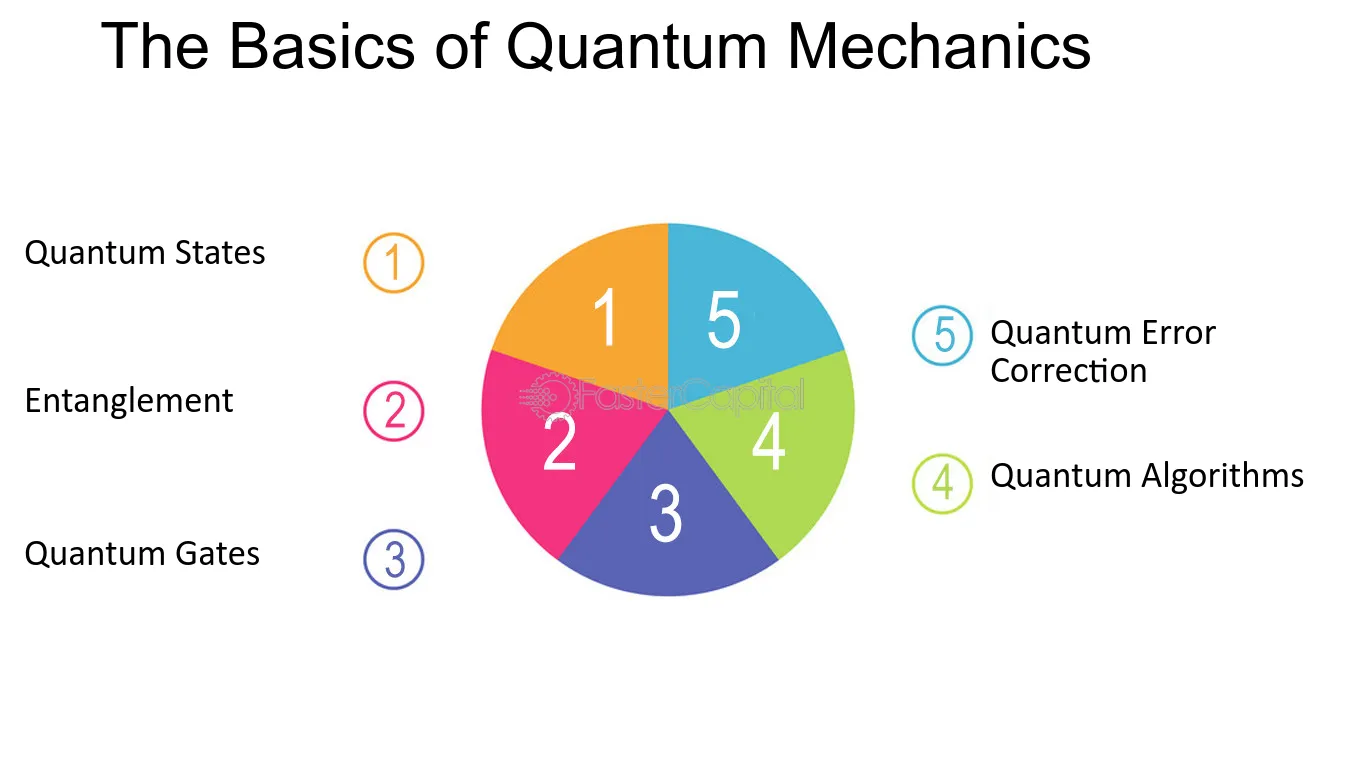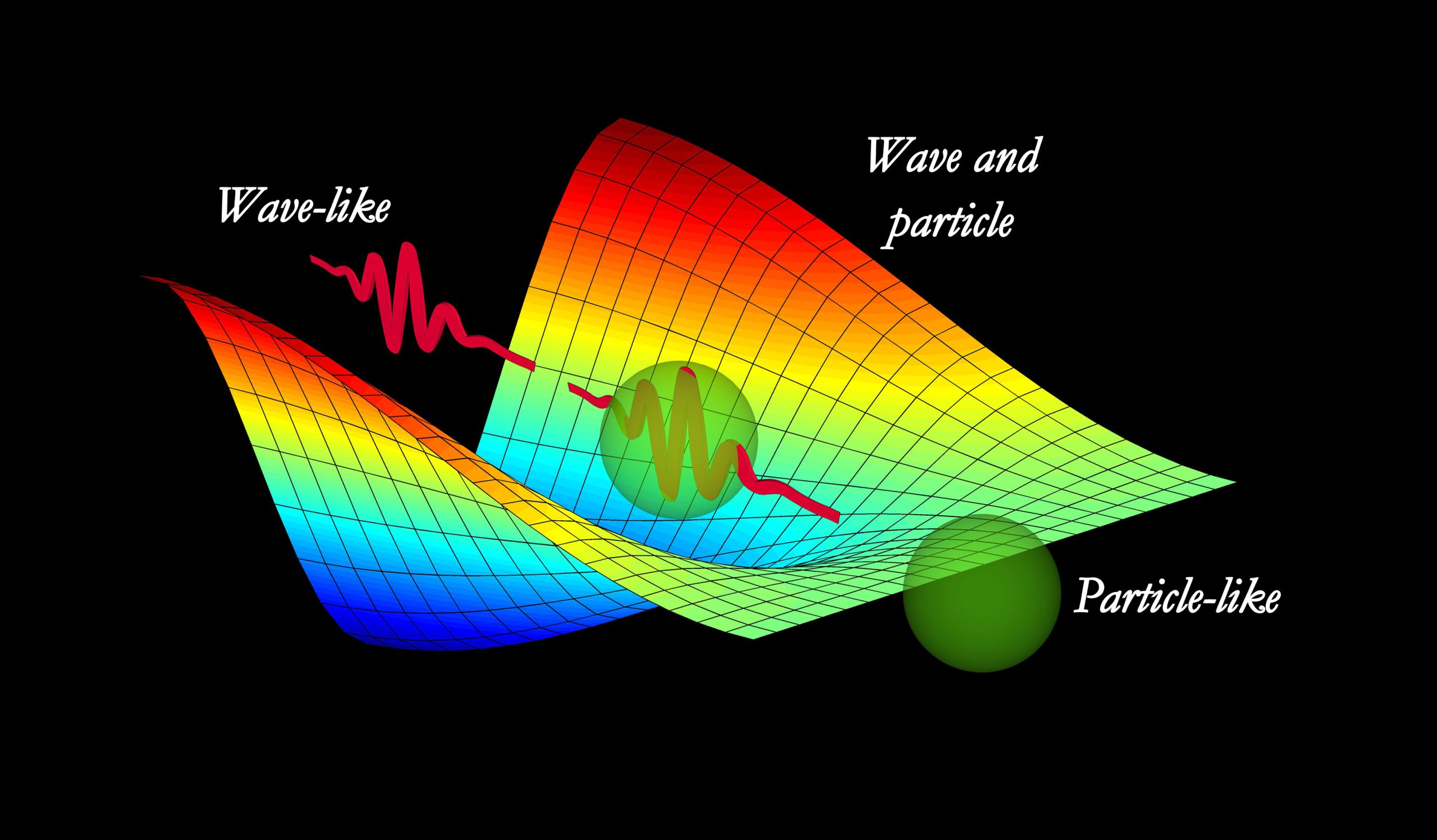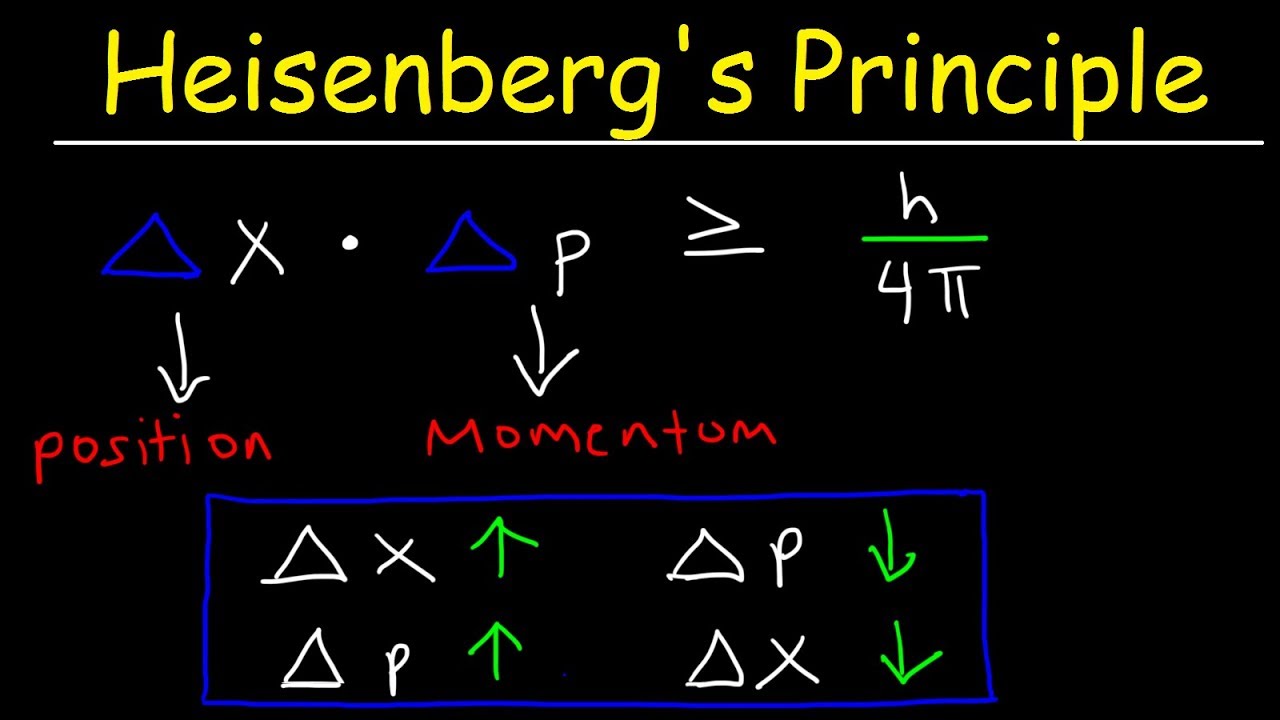Introduction
When we think of the physical world, we often picture objects moving in a predictable and orderly manner. However, as we venture into the realm of quantum mechanics, our conventional understanding of the universe begins to break down. Quantum mechanics, or quantum physics, is a branch of physics that deals with the behavior of particles at the smallest scales, where classical physics no longer holds sway. It is a realm where particles can exist in multiple states simultaneously, where objects can be in two places at once, and where the act of observation itself can alter the outcome of an experiment. In this blog post, we will embark on a journey to understand the fundamental principles and concepts that underpin quantum mechanics.
The Birth of Quantum Mechanics
Quantum mechanics was born in the early 20th century as a response to the failure of classical physics to explain certain phenomena. Scientists like Max Planck and Albert Einstein made groundbreaking contributions that laid the foundation for this new branch of physics. At the heart of quantum mechanics lies the concept of quantization, which suggests that physical quantities like energy and angular momentum can only take on discrete, quantized values rather than continuous ones. This revolutionary idea challenged the classical notion of a continuous and deterministic universe.
Wave-Particle Duality
One of the key principles of quantum mechanics is the concept of wave-particle duality. In classical physics, objects were thought to exist as either particles or waves, depending on the circumstances. However, in the quantum world, particles like electrons and photons exhibit both particle-like and wave-like behavior. This means that they can be thought of as both discrete particles and continuous waves simultaneously. This duality is exemplified by the famous double-slit experiment, where particles like electrons display interference patterns, characteristic of waves, when passing through two slits. Wave-particle duality challenges our intuition and forces us to accept the inherent uncertainty of the quantum world.
Quantum Superposition
Another intriguing concept in quantum mechanics is quantum superposition. This principle states that particles can exist in multiple states at the same time until they are observed. For example, an electron can be in a superposition of spin-up and spin-down states until measured, at which point it collapses into one of these states. This phenomenon is often illustrated through the thought experiment known as Schrödinger’s cat, where a cat inside a closed box is considered both alive and dead until someone opens the box to observe it. Quantum superposition is a fundamental aspect of quantum mechanics that challenges our classical intuitions about the definiteness of physical properties.
Entanglement
One of the most mysterious and captivating aspects of quantum mechanics is entanglement. When two particles become entangled, their properties become correlated in such a way that the state of one particle is instantaneously connected to the state of the other, regardless of the distance between them. This phenomenon, famously described by Einstein as “spooky action at a distance,” has been experimentally verified and remains one of the most puzzling aspects of quantum physics. Entanglement has led to the development of technologies like quantum teleportation and quantum cryptography, with the potential to revolutionize the way we communicate and process information.
The Uncertainty Principle
Werner Heisenberg’s Uncertainty Principle is a fundamental concept in quantum mechanics that sets limits on our ability to simultaneously know certain pairs of properties of a particle, such as its position and momentum. This principle asserts that the more precisely we know one property (e.g., position), the less precisely we can know the other property (e.g., momentum). This inherent uncertainty at the quantum level challenges our classical notion of deterministic predictability and highlights the probabilistic nature of quantum phenomena.
Quantum Mechanics in Practice
Quantum mechanics is not just a theoretical framework; it has practical applications in various fields. Quantum computing, for instance, harnesses the unique properties of quantum bits (qubits) to perform calculations that would be impossible for classical computers. Quantum cryptography offers secure communication methods that are theoretically immune to hacking. Moreover, quantum mechanics plays a crucial role in the development of new materials and technologies, such as superconductors and quantum sensors.
Conclusion
Quantum mechanics is a fascinating and perplexing field of physics that challenges our intuitive understanding of the universe. It has led to groundbreaking discoveries and technologies, and it continues to be a source of wonder and exploration for scientists and researchers worldwide. While this blog post provides only a glimpse into the basics of quantum mechanics, it is our hope that it inspires you to delve deeper into this captivating realm, where the rules of the macroscopic world no longer apply, and the mysteries of the quantum universe await your discovery.





